Room With A View / FRENCH RIVIERA
“A very small line is enough to make a colour explode.”
— Pierre Skira
We headed south with the dog in the back and London falling away behind us. The trees changed first — ash to cork oak to pine. Then the air. The land got looser. Dustier. Hungrier for light. The Riviera always knew how to hold a mood. It’s not the light, not really. It’s the tension between what’s real and what’s performance — the yacht and the fisherman, the ruins and the rosé. You want to believe the fantasy. You also want to rip it open and see what’s underneath.
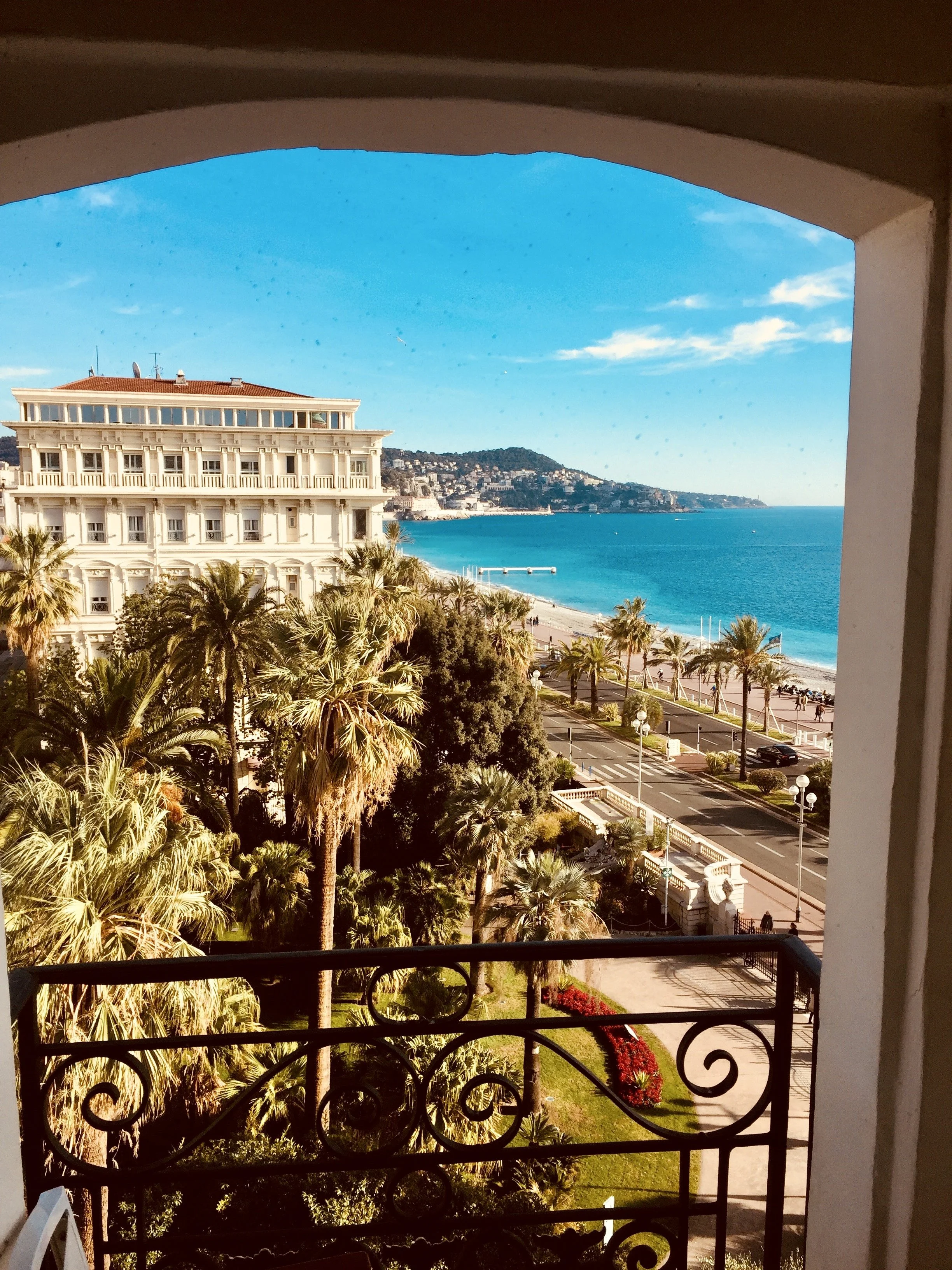
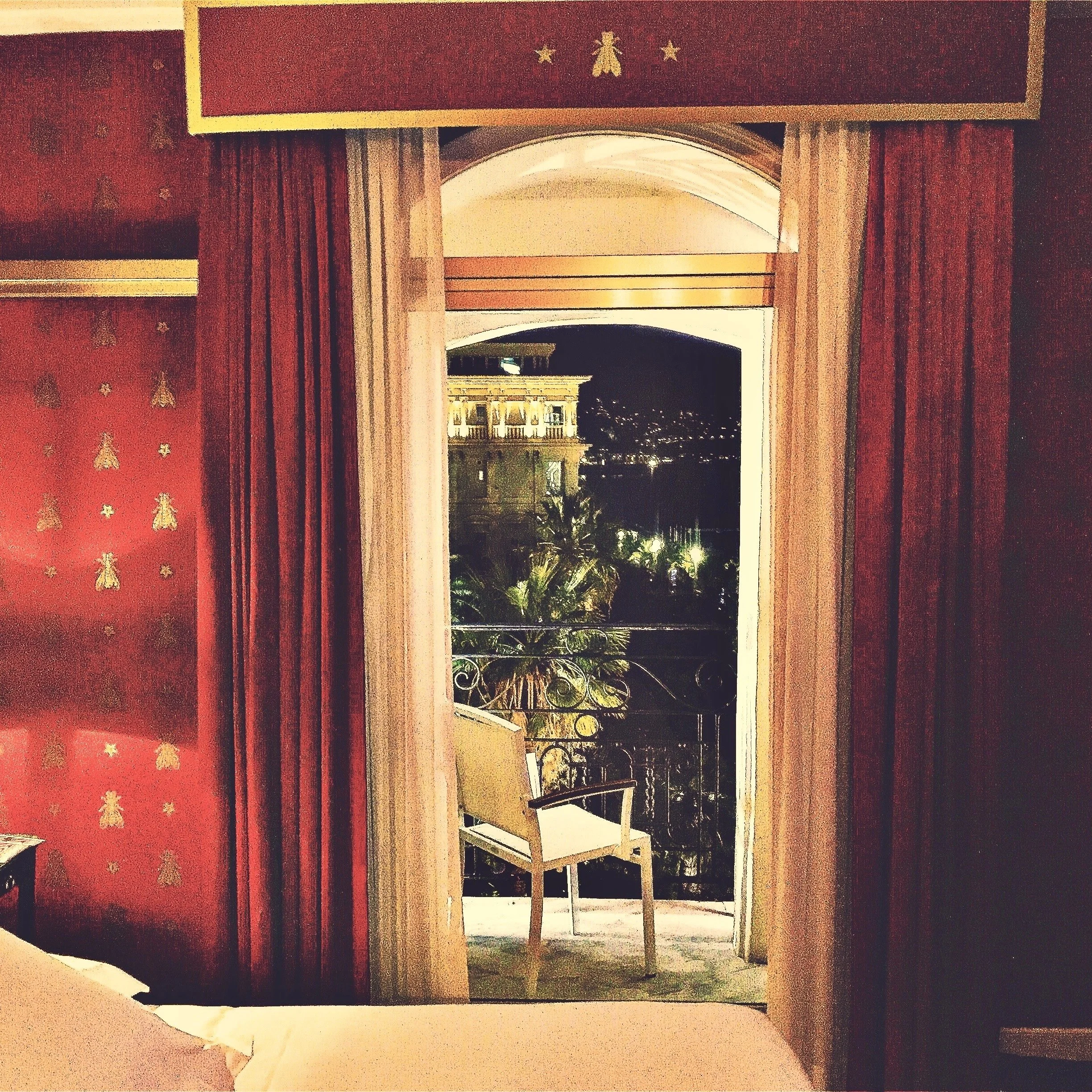
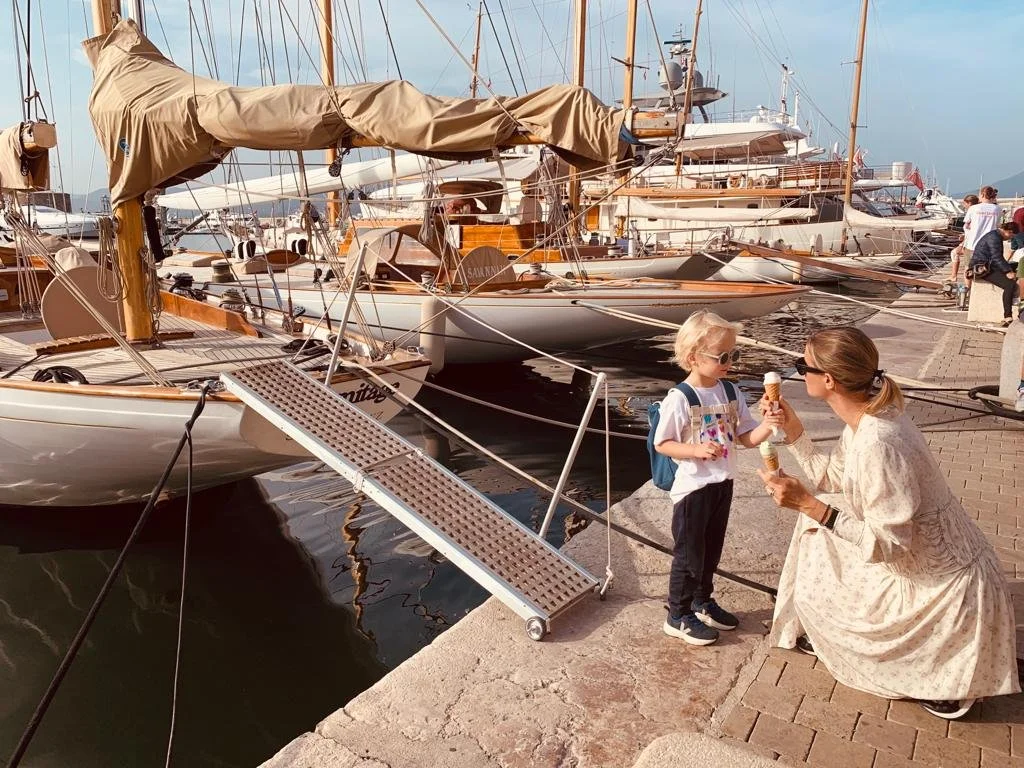
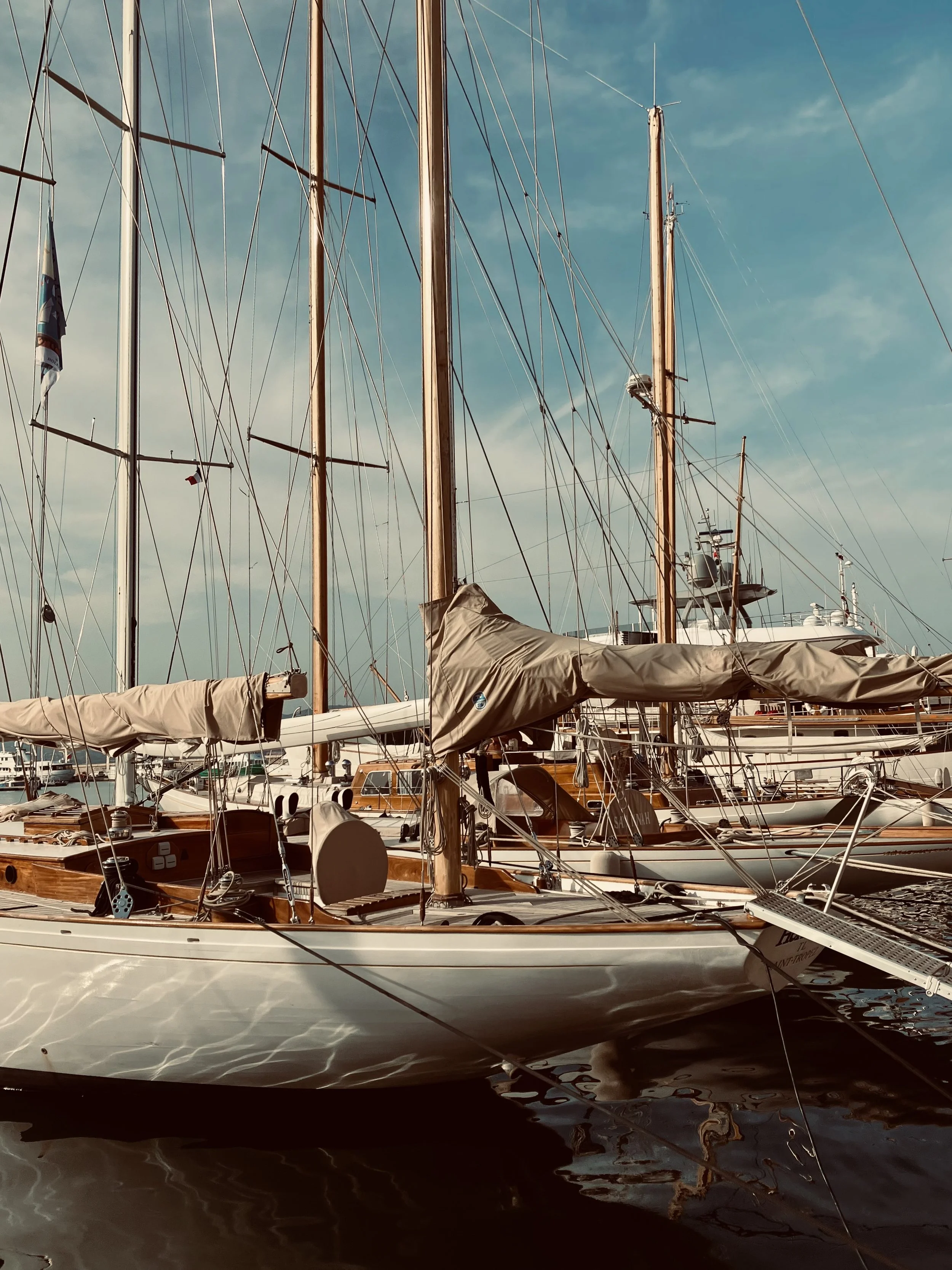
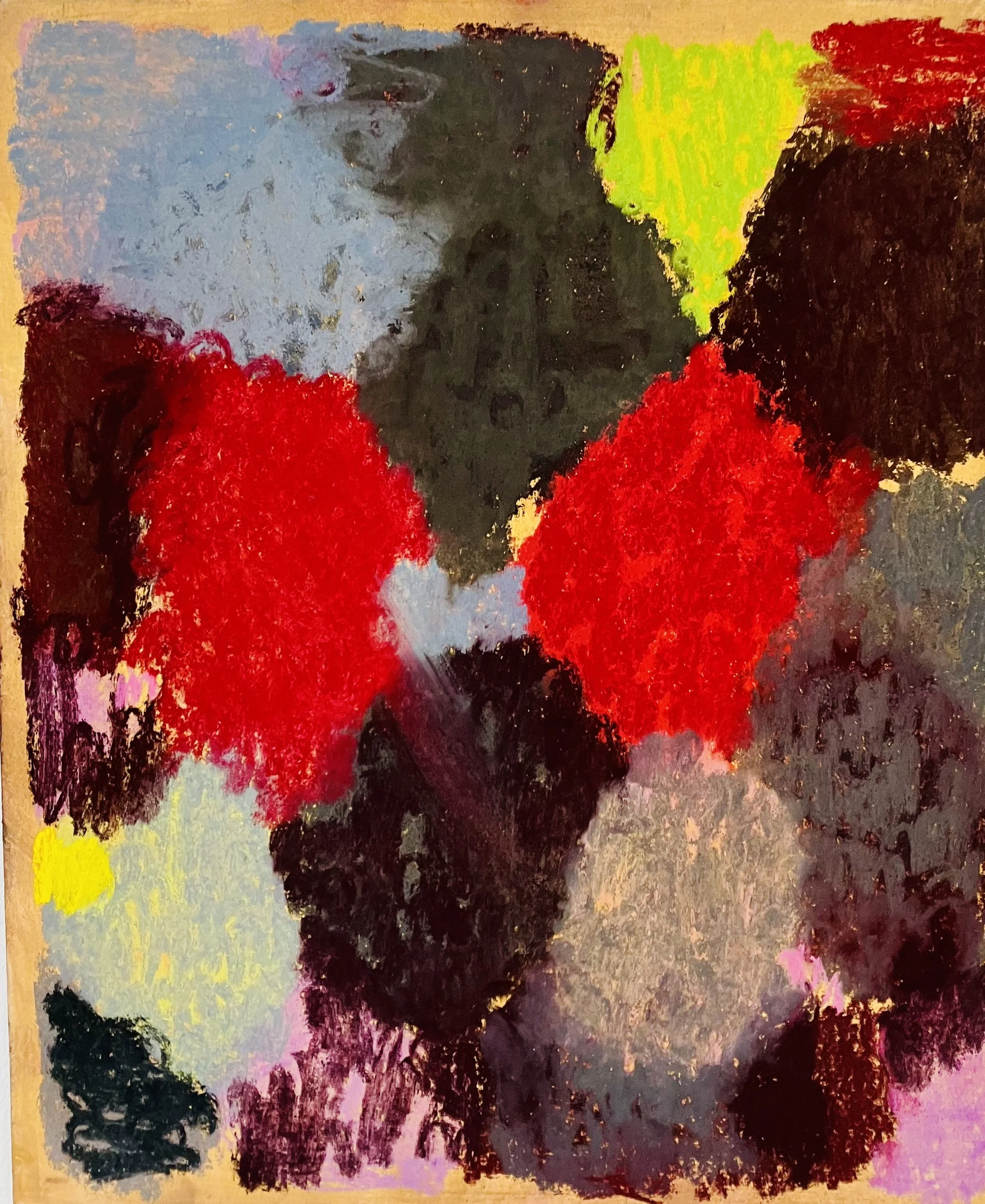

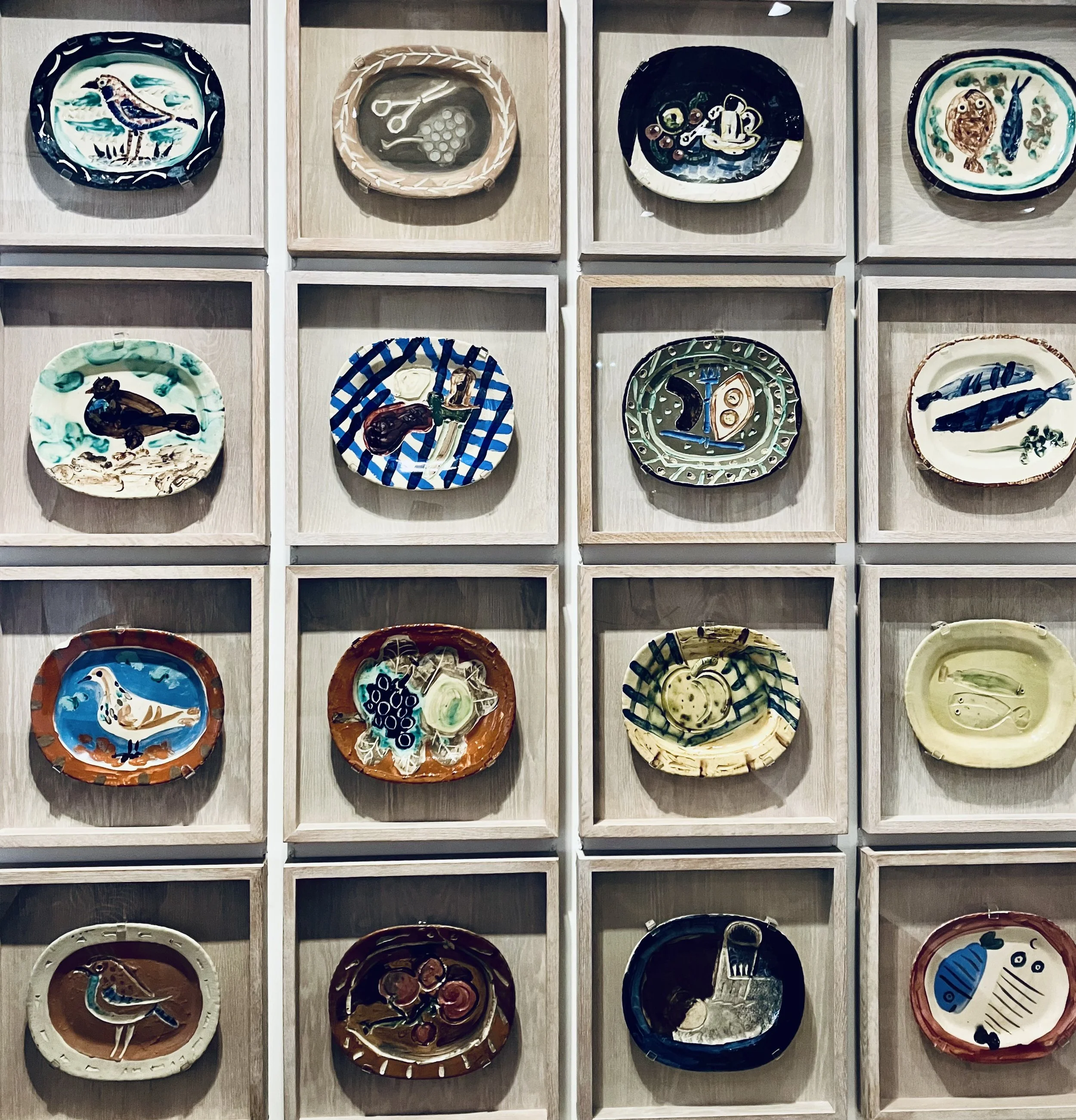
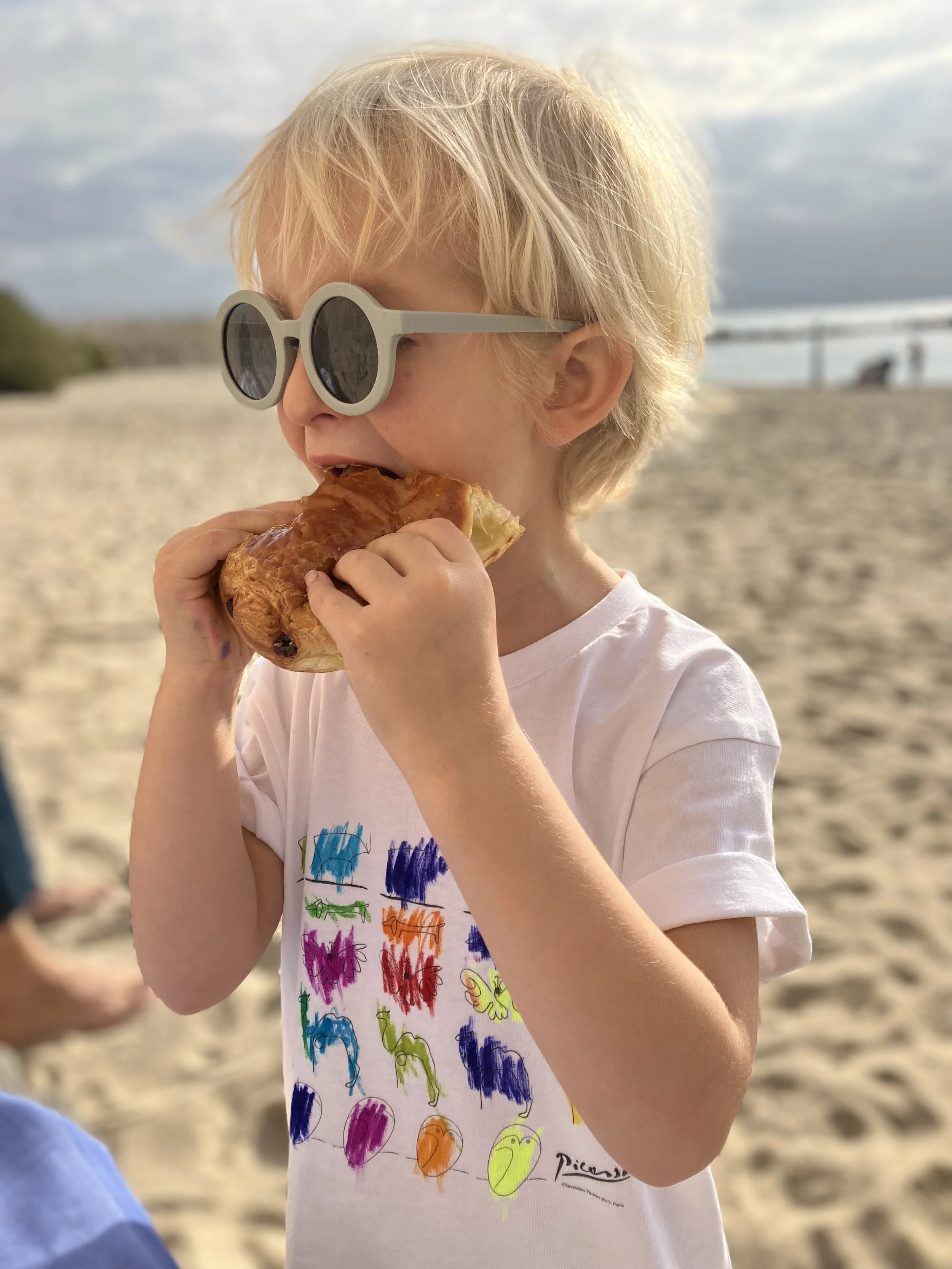
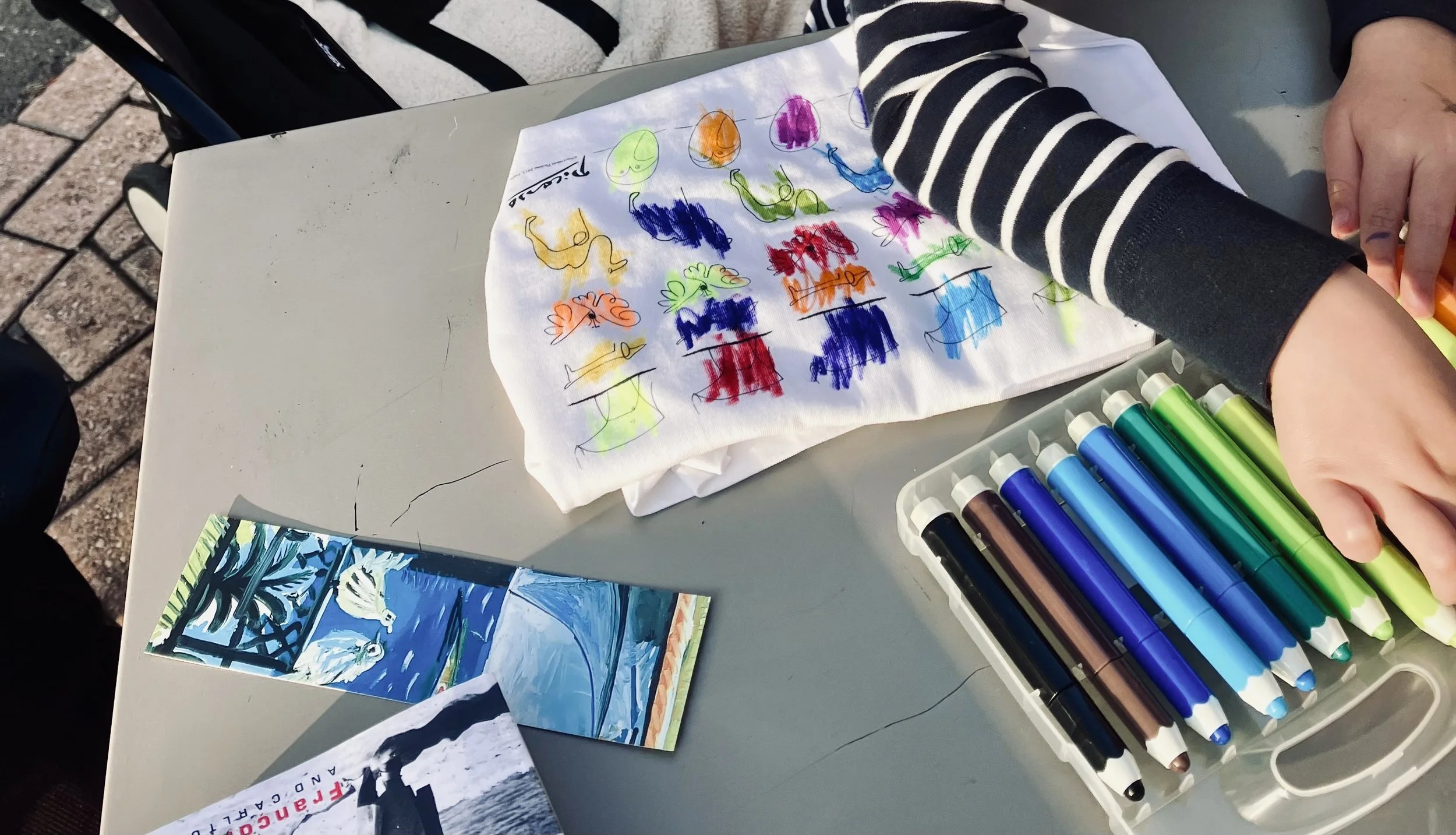
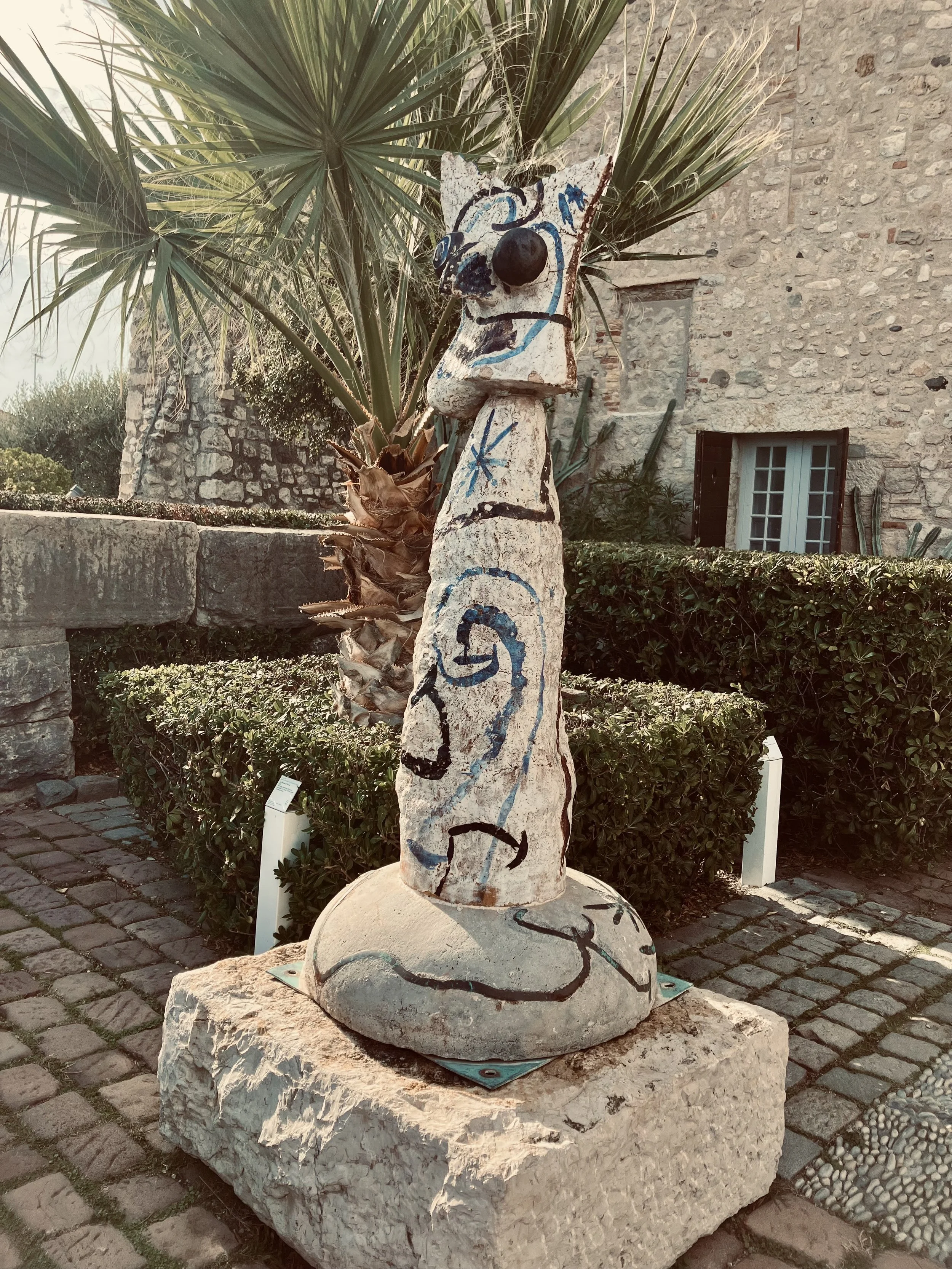
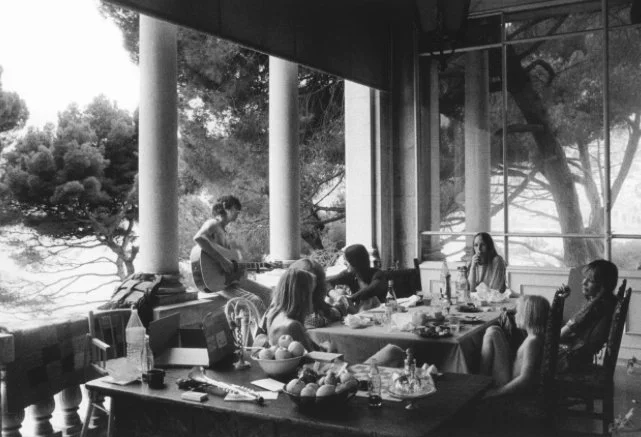
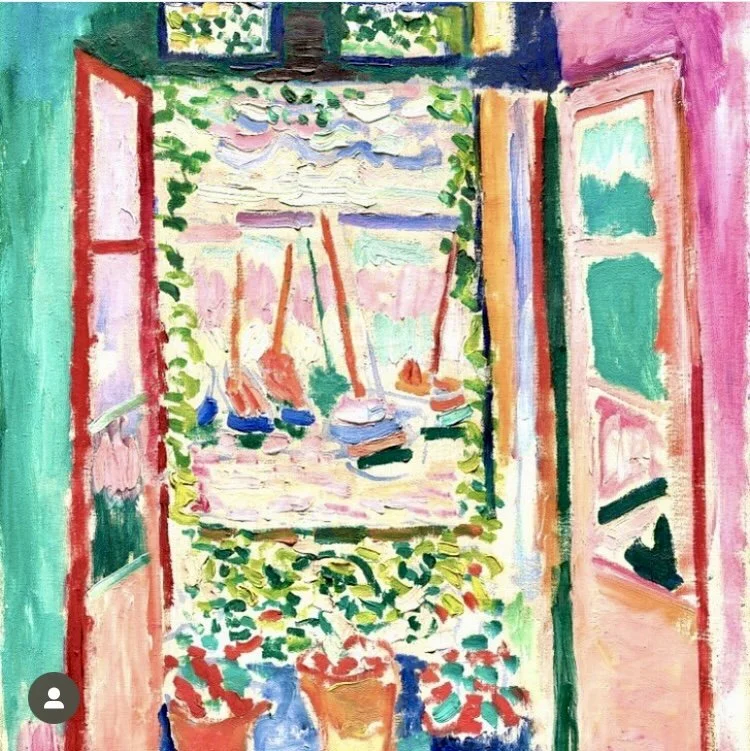
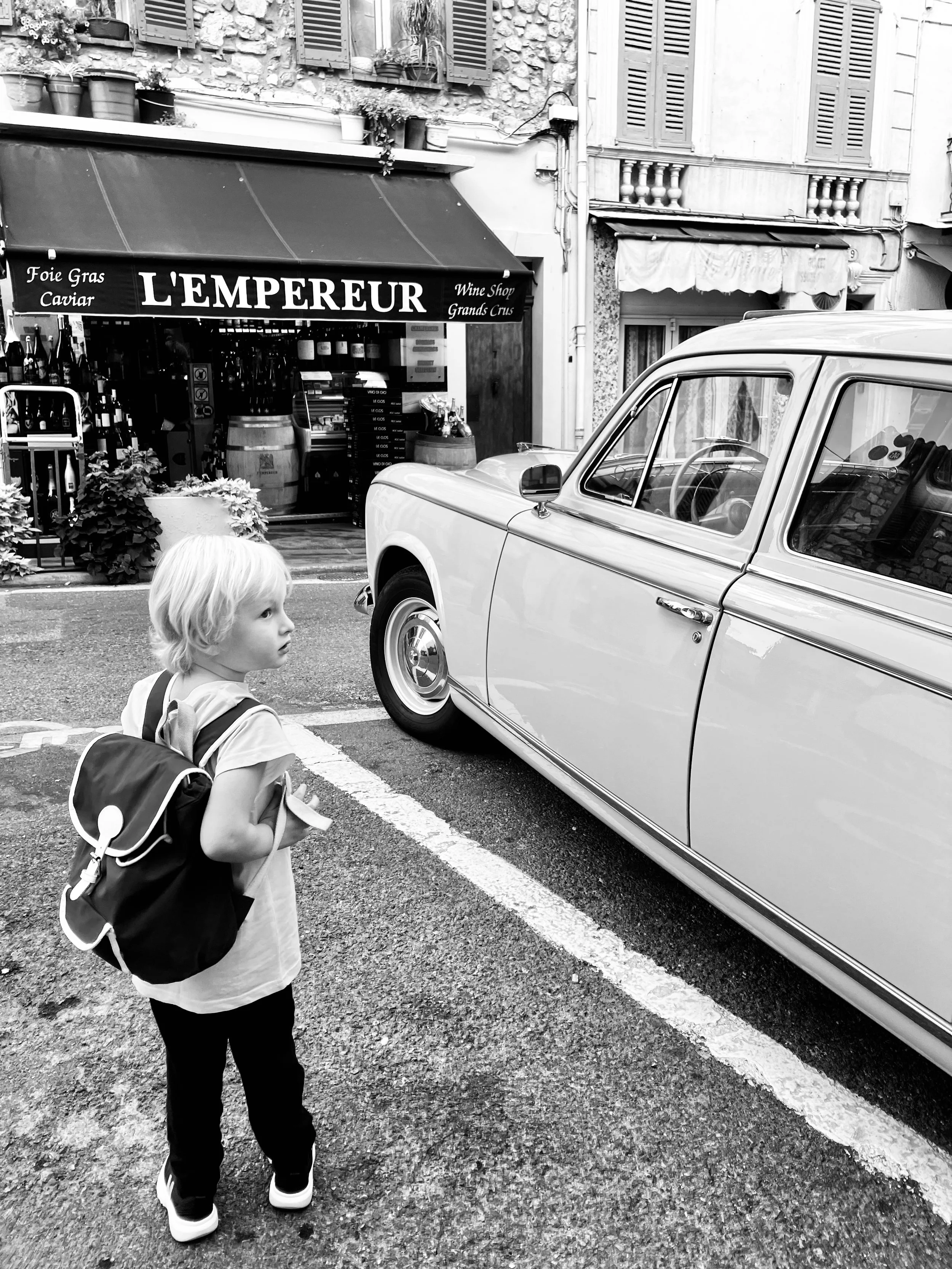
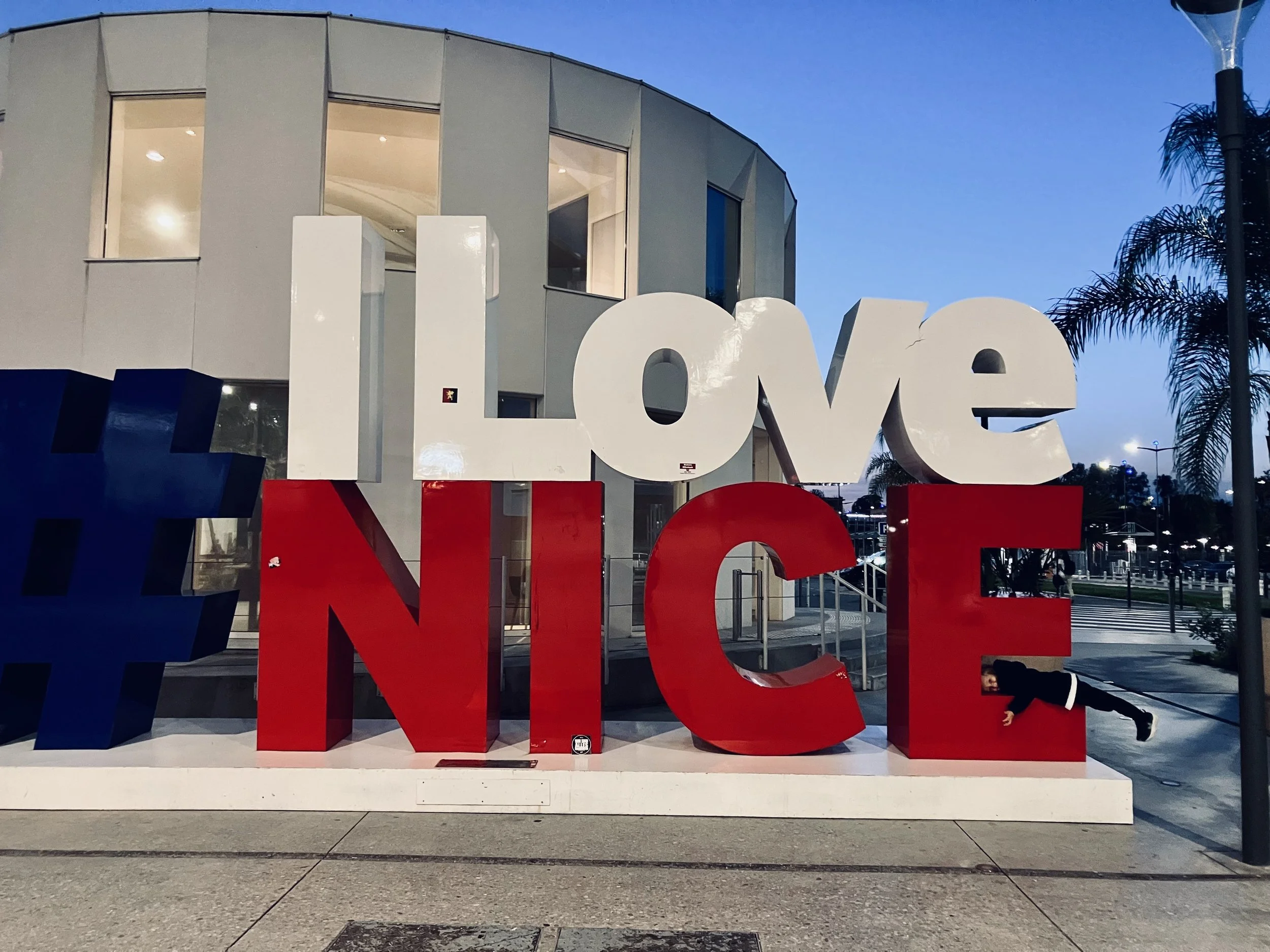
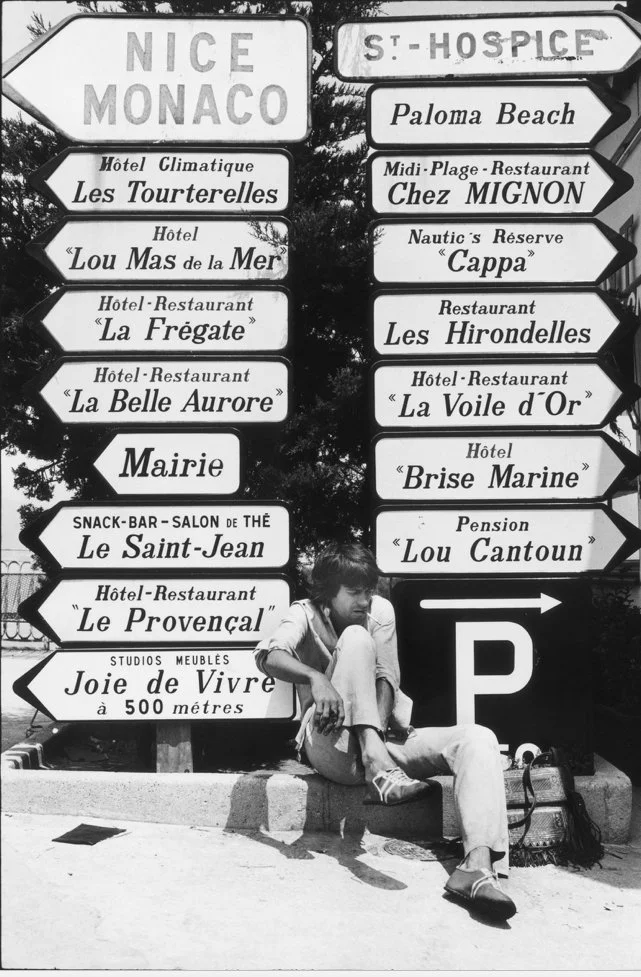
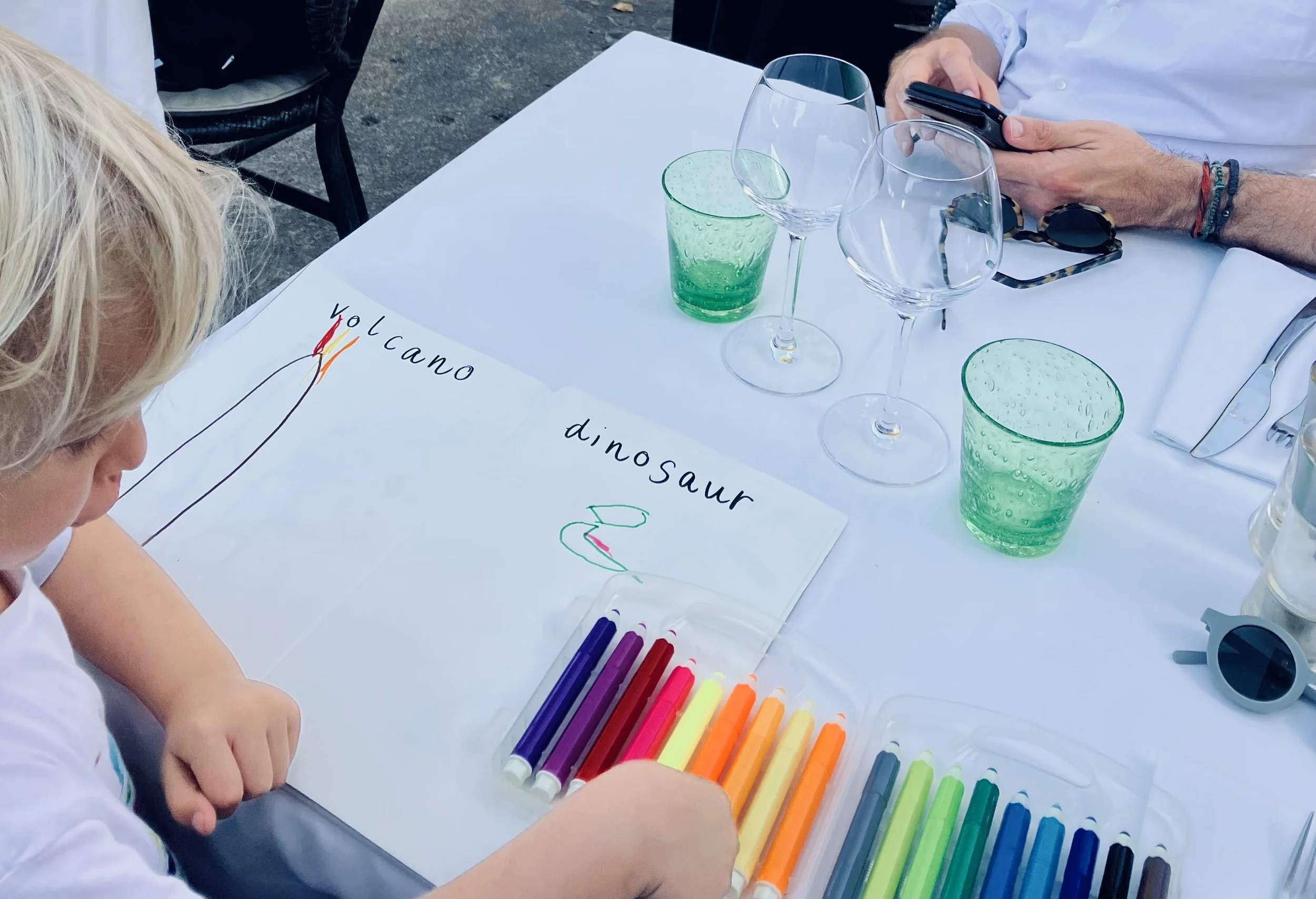

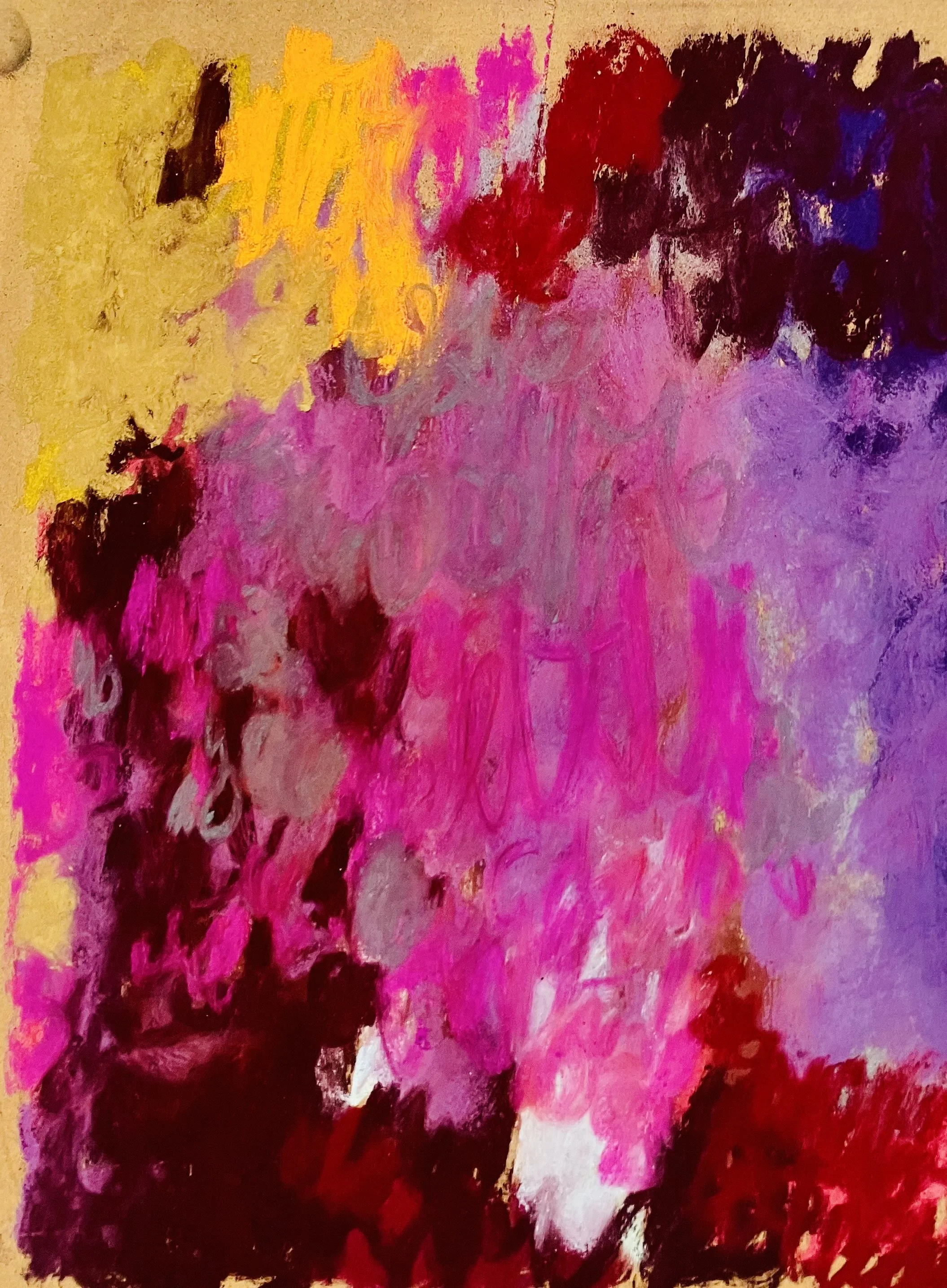
Pierre Skira gave up oil paint to work only in pastels. Dry, dusty sticks. No corrections. No safety net. Just colour and silence and pressure. He said a single line was enough to make a colour explode. I think about that here.
We didn’t come for sparkle. We came for the edge. We swam in the sea every morning — Paloma Bay in December will strip you back to the bone, which is exactly the point.
In Nice, we stayed near the old town — faded shutters, chocolate shops, the Hotel Negresco lit like an old film set. The Beatles once stayed in the red room upstairs. By the time they hit the Riviera, they weren’t boys from Liverpool anymore — they were gods in exile, wandering boulevards of faded grandeur.
“Living is easy with eyes closed, misunderstanding all you see.” — Strawberry Fields Forever
Meanwhile high above the Negresco, Matisse’s ghost lingers on the hill. Matisse moved to Nice in 1917, sick and seeking warmth. He ended up staying for life. He called it
‘the colour of air’
— this impossible Riviera palette — and it soaked into everything he made. The Matisse museum feels like a painter’s exhale. Paper cut-outs float like jazz on the walls. In the garden: olive trees, cypress, and the same filtered sun he once described as
‘soft and tender, despite its brilliance.’
What hits hardest isn’t just the colour — it’s the defiance in it. A man who’d been through war, illness, loss — still choosing joy. Still building light out of paper.
Maybe that’s what brought us here one winter too, chasing that same filtered sun, even in December. One Christmas, we checked the whole family — grandparents, baby, dog, a couple of great mates and fellow artists — into an AirBnB villa on Cap Ferrat. Home-cooked stew, firelight, midnight mass. The chapel packed tight, the smell of candlewax and cold stars. Afterwards, fireworks cracked over the bay like the sky had a heartbeat.
In Antibes, Skira’s abstract pastels were hung in the old Picasso museum. The place felt like a church — white walls, soft air, everything glowing from within. He worked alone, listening to the sound of pigment dragging across hardboard. The noise of a man chasing truth, not applause.
Monte Carlo was lunch at the Grand Café — turkey, crepes Suzette, the kind of silver service that hasn’t flinched since the 1950s. Then out again to walk it off along the coast — past the lighthouse trail, Jean Cocteau’s tattooed villa, the silence of the sun god on the wall.
Villefranche had its own story. We stood at the gates of Nellcôte — the mansion where the Rolling Stones holed up and recorded Exile on Main St. in a fog of tax evasion, heroin, and genius. You can feel it still. The weird, wild friction of high-low. Of not knowing whether you’re living in a myth or just very far from home.
‘We spent money we didn’t have, on things we didn’t need, to impress people we didn’t like.’ — Keith Richards, on exile, excess, and the French Riviera
And then St Tropez — not the spray-tanned cliché, but the harbour packed tight with sails and varnished teak. Every autumn, Les Voiles de Saint-Tropez gathers the most beautiful classic yachts in the world — J Class cutters, 1930s schooners, restored 12-metres built like sculpture. It’s poetry on water. And competition. We stood on the rocks, salt on our skin, watching spinnakers fill like lungs. There’s a line where performance becomes purity. This was it.
Viewfinder / French Riviera
Room Key
Villa La Bougainvillea, Cap Ferrat – Family base, firelit evenings, barefoot mornings.
Hotel Negresco, Nice – Glamour with patina; the red room is still the one.
Table with a View
Grand Café de Paris, Monte Carlo – Roast turkey, crepes Suzette, tuxedoed waiters.
Fishermen’s shack, St Tropez port – Coffee, pancakes, no menu, no names.
Listening Edit
Nellcôte, Villefranche – Stones exiled here; the record still breathes salt and sin.
La Sylphide, Nice Opera House – A classic ballet blanc in a velvet-and-gold jewel box.
Live jazz on the harbour during Les Voiles – Old sails, new sounds.
Through the Lens
Picasso Museum, Antibes – Skira’s pastels in a room of light.
Villa Santo Sospir, Cap Ferrat – Cocteau’s tattooed walls, full of gods and ghosts.
Villefranche rooftops at dusk – A perfect gradient from ochre to shadow.
On the Road
Citroën Méhari – Open-sided, saltproof, delightfully ridiculous. The French jeep.
Riva Super Florida or Aquarama (via Rent My Boat, St Tropez) – Polished mahogany, chrome details, rumble like a vintage guitar. Perfect for skipping ports or just being seen.
Future Frame: For The Global Citizen
A Riviera worth returning to means treading lightly now.
Swim coral‑clean in protected coves like Cap Ferrat and Saint-Jean–Cap‑Ferrat and support local beach cleans.
Explore biodiversity via the Côte d’Azur’s SeeOnSea app — an observational citizen‑science tool for holidaymakers to record and preserve native marine species.
Look for Pavillon Bleu or Clef Verte labels at hotels and marinas — they certify sustainable practice in tourism across the Riviera let them guide your stay.
Choose boat rentals or yacht trips that respect Pelagos Sanctuary guidelines — from ferry lanes to reef protection.
When in Nice, consider a visit to the Paul‑Ricard Institute (Île des Embiez) — both a research centre and public aquarium advocating ocean literacy
Filed on location for Room With A View. With thanks to the Côte d’Azur France Tourism Board.

